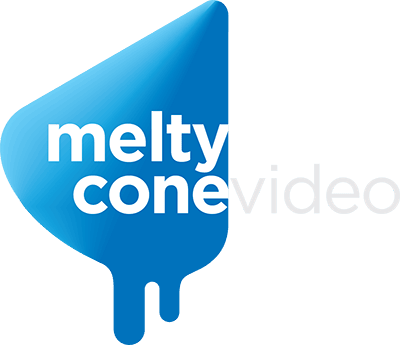Optimization is the magic word that can help your YouTube videos get more views. It’s a bunch of tactics to help people find your content more easily on the site. It’s also about getting them to view more of your videos and converting them into subscribers. If you plan on creating more YouTube channels in the future, you will have a ready subscriber base to leverage.
Let’s get started with the top seven optimization tips for your YouTube video marketing.
1. Add a keyword to your video file
YouTube bots read video file names to better understand the subject of videos and show them for relevant searches on the site. By adding a keyword to your video file, you’ll be helping YouTube serve your videos to your target audience.
So if you’ve saved your file as “explainer_video_05.mov”, change it to “best-strollers-2023.mov”. Or simply rename your file to the title of your video. This is assuming you’ve added your keyword to the title, which brings us to our next point.
2. Create an engaging, keyword-rich title
The YouTube video title is a huge attention-grabber, on par with or second to the thumbnail in encouraging clicks. It should make the subject of the video clear and for optimization purposes, match what your target audience is searching for. So, it’s necessary to add your keyword in your video title.
An easy method is to save your video exactly how you’ve titled it, and also include keywords from your title in your description. YouTube will have a much better understanding of your video and surface it for relevant searches.
Here’s something to note - while YouTube regards a video’s title, thumbnail, and description as key metadata for discovery, it says tags play a minimal role. Adding several keyword tags to your video would mean flouting YouTube’s spam policy.
3. Create an eye-catching thumbnail
Just like everyone, you’ve done it too - paused on a YouTube video thumbnail that caught your eye while also giving you an idea of what the video was about. The thumbnail in the video results is a huge predictor of whether it is your video that gets views or someone else’s.
YouTube automatically generates thumbnails for videos but they aren’t necessarily the best ones you can have. For maximum impact, upload a custom thumbnail of your YouTube video using Canva, Adobe or another tool. The general recommendation is to use images having a resolution of 1280x720 pixels, a minimum width of 640 pixels, and uploaded in JPG, PNG, or GIF formats under the 2MB limit.
4. Add subtitles and closed captions
Most of the YouTube viewing happens on mobile devices. People who watch videos on their phone frequently have the audio turned off and follow captions and subtitles instead.
Closed captions and subtitles textualize what is said in the video. Subtitles convert dialogue to text and mostly serve non-native speakers. Closed captions show the dialogue and other sounds in the scene mostly for the benefit of viewers who are deaf or hard of hearing.
How do they matter for optimization? Adding subtitles broadens your audience and gets more views while closed captions ensure that no one is excluded from watching your videos. You also get the opportunity to add keywords to your video transcript, giving YouTube more information and context about your video and channel.
5. Use YouTube cards
A YouTube card is the rectangular panel that appears on the top right of a video. The panel/card contains suggested links and playlists that viewers click to see more of your content or your recommended content. It pops up when the viewer clicks on the ‘i’ button at the top right along with a CTA, as seen below.
There are four types of cards you can choose from:
A video card to suggest one of your own videos or another YouTube video
A playlist card that recommends a list of similar videos (as seen below)
A link card that carries an external link outside the platform (e.g. your website)
A channel card that promotes another YouTube channel or your second channel on the platform.
6. Engage with comments
Apart from the relevance of the video’s title, description and content to the search term, YouTube’s search algorithm prioritizes engagement. This includes watch time, likes, comments, shares, and watch percentage (the percentage of each video the average viewer watched).
One of the ways to encourage engagement is to build a relationship with viewers and that means replying to and loving their comments. Another way to spur conversations is to leave a pinned comment at the top of your video’s ‘Comments’ section. This could be the best comment to your video that you want to highlight or anything else you want to add that isn’t in the video. Or you could add a link to your landing page or a recommendation to watch another of your videos.
7. Add hashtags
Hashtags are key phrases describing the video’s topic or category that you add to video titles or descriptions. A hashtag is clickable; when viewers click on it, they’re taken to another YouTube video having the same hashtag.
Hashtags help YouTube understand what your video is all about, making you more discoverable on the platform. As people arrive at your video after clicking on a hashtag from a different video, you have the opportunity to grow your viewership and subscribers.
Be active on YouTube
Fortunately, people spend hours watching videos online. Keeping them hooked and bringing in business through YouTube shouldn’t be so challenging because you already have a massive audience to tap. But video production and marketing are full-time jobs. You’ll have to keep up with the ever-changing world of digital marketing to realize a good ROI. Unless you’re well-resourced to manage YouTube video marketing in-house, it’s better to collaborate with a marketing agency specializing in the field.




